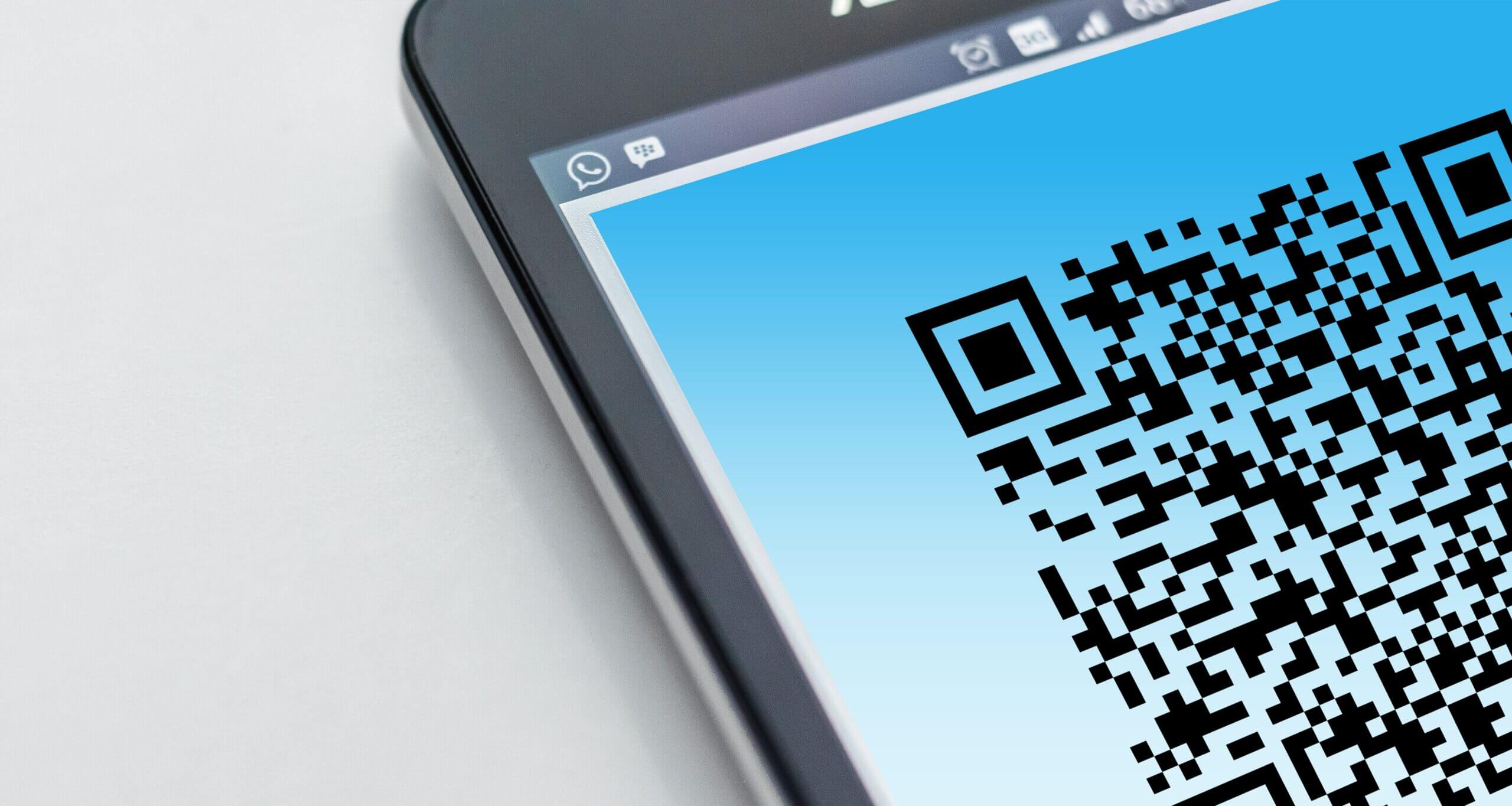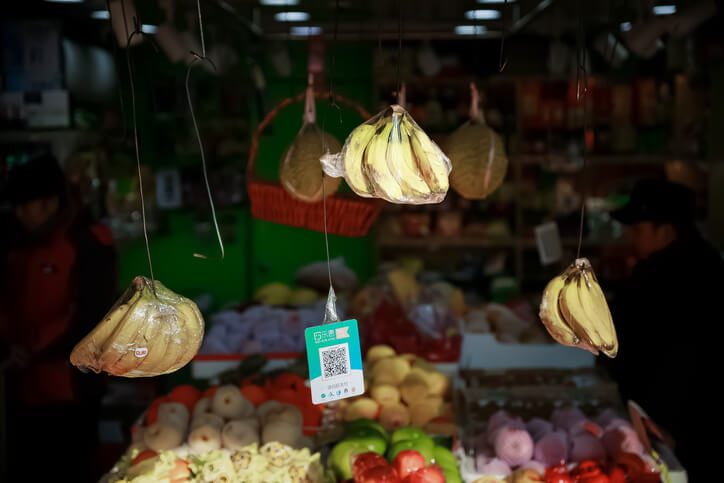Now that it's been invading our spaces for a few months, let's take a look back at the origins of this little square with black shapes.
The origins of the QR Code

The QR code is a two-dimensional barcode. It stands for Quick Response Code. This means it can be decoded quickly after being read by a QR code reader installed - for example - on a cell phone.
It's made up of black square modules, arranged in a square with a white background. These dots define the information contained in the code. It can store more information than a bar code, especially data recognized by certain applications, enabling :
- navigation to a website,
- access to online multimedia content,
- connection to a wifi terminal,
- payment via cell phone...
The QR code was first published in Japan in 1999. It had been created a few years earlier, in 1994, by Masahiro, an engineer at Denso Wave, who was then looking to replace the obsolete barcode in order to track the itinerary of spare parts in Toyota factories.
Not very popular in Europe, the pandemic has given it a new lease of life.
The case of China
Since the Covid-19 pandemic and the widespread use of the Health Pass, the QR code has been used on a massive scale by governments. It has become an essential tool in everyday life, providing proof of vaccination, access to restaurants, cinemas and air travel.
It has long been omnipresent in Chinese society, visible in all social spaces:
- at store checkouts,
- on store windows,
- on product packaging,
- on television,
- at museum entrances,
- and even on waiter badges in restaurants.

To use it, you need to have the WeChat app on your phone, open it and display it for authorities to check. One month after its launch, it had been scanned over 1.6 billion times on the app.
As soon as it went live in 2011, WeChat gave all its users a QR code as a digital identifier, and an integrated QR code reader. It becomes a business card. Since 2013, a mobile payment facility has been installed: WeChat Pay.
Of the one billion active users, 940 million have linked their WeChat account to their bank account. The use of cash has been completely supplanted, whether between individuals or professionals.
In the first half of 2019, 1.01 billion Chinese use mobile payment via QR code and make an average of 4 transactions/day/person: 86% of the population vs. 22% in Switzerland.
Other QR Code uses
The QR code can be used in the artistic sphere, as a differentiating or additional element to a work of art.
In 2012, engineer Jean-Thierry Lechein created QR Book 1.
The book is as simple as it is astonishing: each page contains a QR code that the reader must scan to progress through the story. If scanned several times, the code never leads to the same content. It's an evolving book.
Between 2010 and 2012, the Mexican artist created four 1m2 computer-generated works.
It's the graphic design of the form that comes to the fore, but messages from the artist can reach the public once scanned.
The music industry is no exception. QR codes have been used in music videos and featured on album covers, such as that of French rapper Vald. In this case, it complements the artwork.
Last but not least, QR codes can also be used on tourist itineraries, as organized by the Raspouteam collective in Paris: 20 QR codes were placed around the city, providing access to historical information.

In retail, QR codes represent a small revolution for packaging, as they have the power to make it talk. Consumers in search of transparency are able, with a simple scan, to obtain more information about the products they covet in store, finding out about a product's provenance or a brand's history, for example. QR codes can replace or complement the advice given by sales staff at the point of sale.
Like the NFT, the QR code has a multitude of uses, sometimes far from the original one, which, let's not forget, was the traceability of automotive parts.
By Claire Jagodzinski
------
Sources :
- nippon.com - The little-known story of the QR code, a Japanese invention
- Les Echos - Six things you need to know about QR codes
- Yuwen ZHANG, doctoral student in SIC - The hegemony of the QR code in China
- Ecommercemag.fr - QR code: the key to new point-of-sale marketing?
- Radio France - QR codes disrupt and reinvent traditional artistic frameworks

